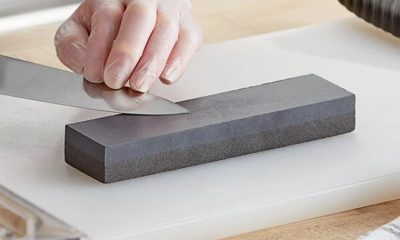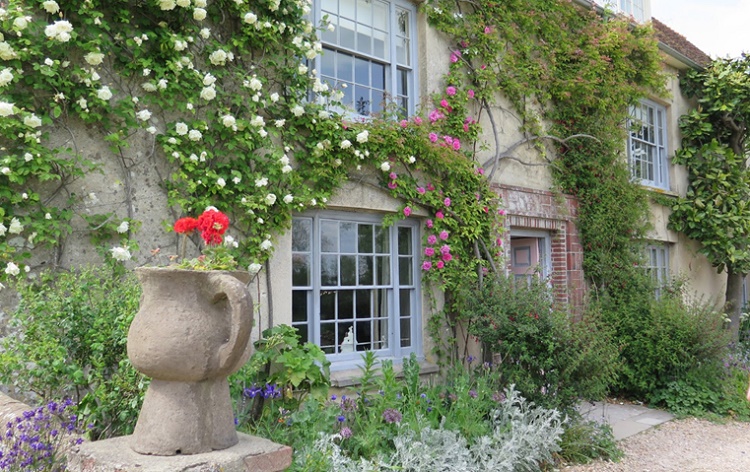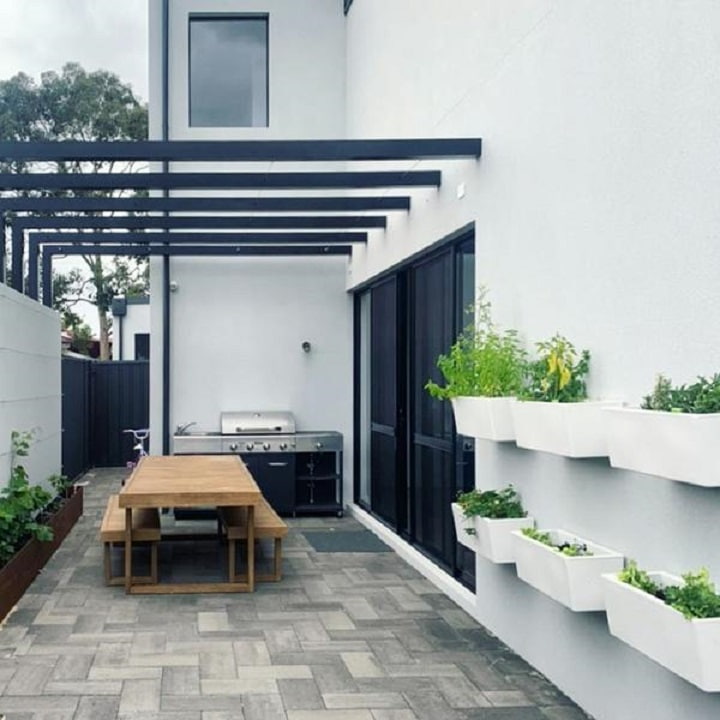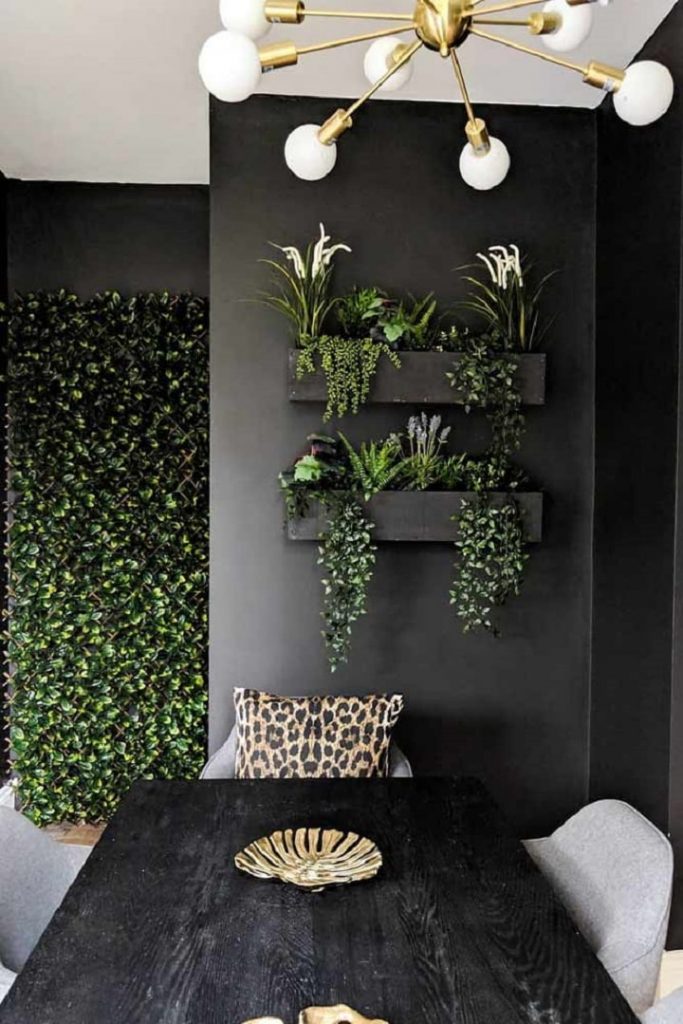You’ve got the passion, you’ve got the knowledge and you’ve got the seeds – but what good are any of these things if you don’t have a space big enough to start a garden? Unfortunately, with homes becoming smaller and the rising trend of moving to live in tiny apartments in the city, many plant lovers find themselves lacking enough space to nurture their love for gardening. But luckily, it is possible to have your very own garden even if you don’t have a backyard or a big enough balcony.
Thanks to vertical gardens created by wall planters, even tiny apartment dwellers can explore the potential of their green thumbs. Hanging some chic planters on the wall can free up floor and ground space, allowing you to do more with less. By planting upwards instead of horizontally, you can easily find enough room for a variety of fresh herbs, colourful flowers or healing plants – both inside and outside. Here are some tips on how to create a thriving and stunning display of greenery with the help of wall hanging planters.
Give Self-Watering Planters a Try
A vertical garden can make plants more thirsty, even if you’ve picked out succulents or other plants that aren’t very demanding when it comes to watering. Plants that are high up on the walls are exposed to warmer air and sun, conditions that can dry the soil out faster. As a result, these plants need more water than plants on the ground. However, this doesn’t mean it’s a good idea to over-soak your plants. Just watering them more frequently at normal amounts.
But watering plants high up on the walls presents another problem. You will probably need a ladder to reach those at the top. Due to this inconvenience, many plant owners may procrastinate the responsibility of watering. However, self-watering planters can be a smart solution to this. A self-watering wall planter comes with a water reservoir at the bottom. So, instead of having to water your plants every other day (if not daily), you can just fill up the reservoir once or twice a month, depending on its size.
These planters give plants the ability to soak up just how much water they needs, which means that there’s no risk of overwatering. And because they are provided with a consistent amount of moisture, roots tend to develop better and thus improve the plant’s health and increase its growth and yield. This makes self-watering planters especially useful when planing to start a vertical vegetable garden. In addition, self-watering planters are made of quality materials and are BPA free which means they are the safest choice for growing edible plants.
Choose an Attractive Planter Design
Since the planters will be elevated off the ground and within eye level, you need to choose ones that look good. This means, you don’t want any plasticky pots to stick out on your walls like a sore thumb. Additionally, since the planters will essentially become a wall feature, make sure that they blend in beautifully within their surroundings. This means picking out a wall planter design that matches your interior’s style or the exterior of your home, depending on where you want you vertical garden to be.
As they are a relatively recent innovation, self-watering planters come in all sorts of stylish, modern designs that can beautifully complement contemporary homes. Available in neutral colours like white and black, they are sure to look good in every contemporary design scheme. If you have a more traditional interior or exterior, consider ceramic planters that can give the space an earthy vibe.
Consider Sunlight Exposure
Different plants have different requirements. Some need plenty of sunshine in order to thrive, while others grow best when in the shade. That being said, when you arrange your planters on the wall, make sure that you consider the needs of the different plants. The plants on the upper levels of the wall may block the plants beneath them from getting any sunlight. Considering this, always place plants that prefer more shade at the lower levels of your wall display, and keep the sun-loving greens at the top.
Don’t Forget to Account for How Tall the Plants Will Grow
Another factor to consider when creating your planters’ layout is the potential height they can reach. You don’t want to make a mistake and place the planters too close together where they can stunt each other’s growth. So, before you hang your planters, make sure to check how tall the plant can grow at full maturity.
Careful Where You Place Your Hanging Garden
Hanging planters can become a risk if people bump into them, so make sure to place them somewhere where there’s not a lot of traffic. Plus, once your planters are filled with foliage or grown fruits/veggies, they can become heavy and fall on someone and hurt them. So, make sure you don’t place them above a sofa or next to a table with chairs. Also, be mindful that you don’t hang the planters too low if you have young children that can accidentally get hurt by dropping a planter on their head.















You must be logged in to post a comment Login